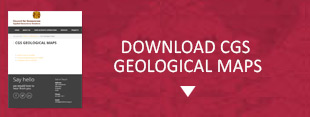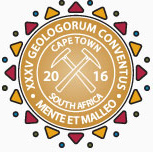
35TH INTERNATIONAL GEOLOGICAL CONGRESS
27 AUGUST - 4 SEPTEMBER 2016 | CAPE TOWN, SOUTH AFRICA
Sponsors
Keystone Sponsor


Diamond Sponsor


Gold Sponsor


Silver Sponsor



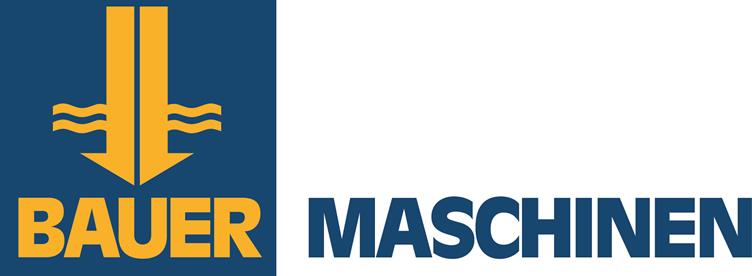




Business Centre Sponsor


Publication Sponsor




Social Function


Plenary Speaker Sponsor


Speaker Gift Sponsor


Post Graduate Fund


Registration


Welcome Drinks


Lunch Time Drinks


Publication &
35 IGC SAGPGF
35 IGC SAGPGF

35 IGC SAGPGF




MY IGC APP


Symposium Sponsor

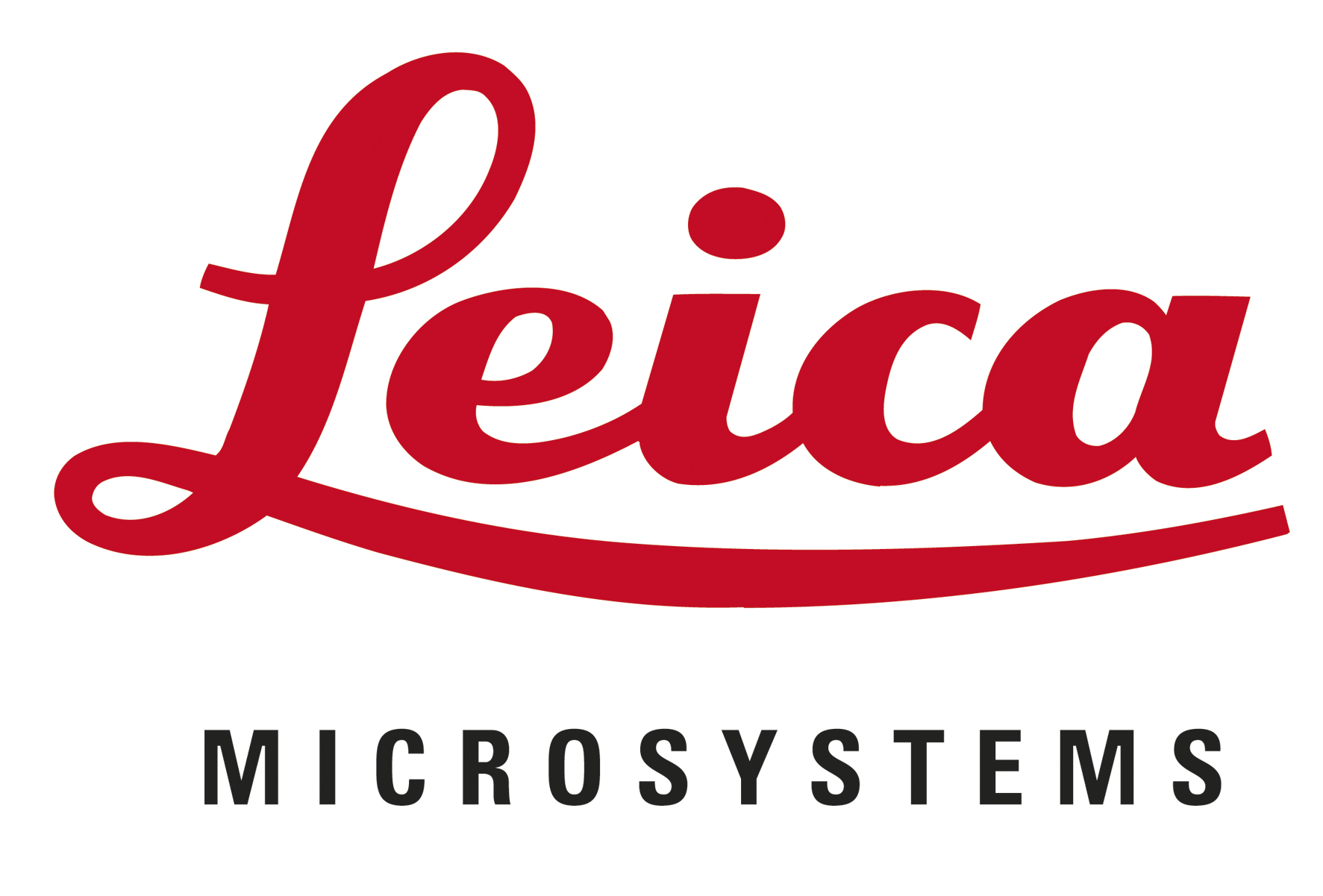


Audit Sponsor


35TH INTERNATIONAL GEOLOGICAL CONGRESS
27 AUGUST - 4 SEPTEMBER 2016 | CAPE TOWN, SOUTH AFRICA
My IGC
Symposium Details
| Title | Description | Convenors |
|---|---|---|
| Elemental and isotopic chemostratigraphy across major chronostratigraphical boundaries | There has been global changes across major stratigraphic boundaries in the Earth´geological history. The use of geochemical and stable isotopic proxies have shown elemental and isotopic chemostratigraphic events across Neoproterozoic to Cambrian, Paleozoic–Mesozoic (Permian–Triassic) and Cretaceous– Paleogene boundaries from different continents. Study of these past geological–chronological records holds the key for understanding the multiple proxies and diverse consequences of these changes. The proposed session will focus on global studies from Proterozoic–Paleozoic, Paleozoic–Mesozoic and Mesozoic–Paleogene major, trace, PGE and REE elemental and stable and radiogenic isotope variations for better understanding of causes and effects within the atmosphere, biosphere and hydrosphere in the geological past. The paleoposition of continentes , global sea level changes, major transgressions, volcanism, and mass extinction events across these boundaries are essential to know the past global change on the on the planet. Recent studies have shown that geochemical and stable isotopic changes at end-Permian mass extinction is due to abrupt climate change induced by CO2 emission. Catastrophic end Permian and Late Cretaceous Deccan volcanism may have released large amount of CO2 into the atmosphere causing the mass extinction at these stratigraphic boundaries. Hg anomaly reported from K/ T boundary clays has also supported this observation. Therefore, oceanic and terrestrial records of elemental changes and isotope chemostratigraphy are valuable tools in establishing major tectonic and climatic changes. A global paleogeographic and paleoclimatic picture of the Earth will emerge from this proposed theme. | Alcides Sial, Eric Font, Vinod C. Tewari, M. Ramkumar and Valderez P. Ferreira |
 Field trips
Field trips  Sponsorship & expo
Sponsorship & expo  Registration
Registration Tours
Tours  Promotion
Promotion 

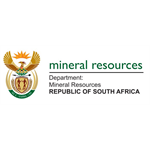












 Conference Programme
Conference Programme  Field trips
Field trips  Sponsorship & expo
Sponsorship & expo  Volunteer
Volunteer  GeoHost
GeoHost  Registration
Registration Tours
Tours  Promotion
Promotion  Publications
Publications


